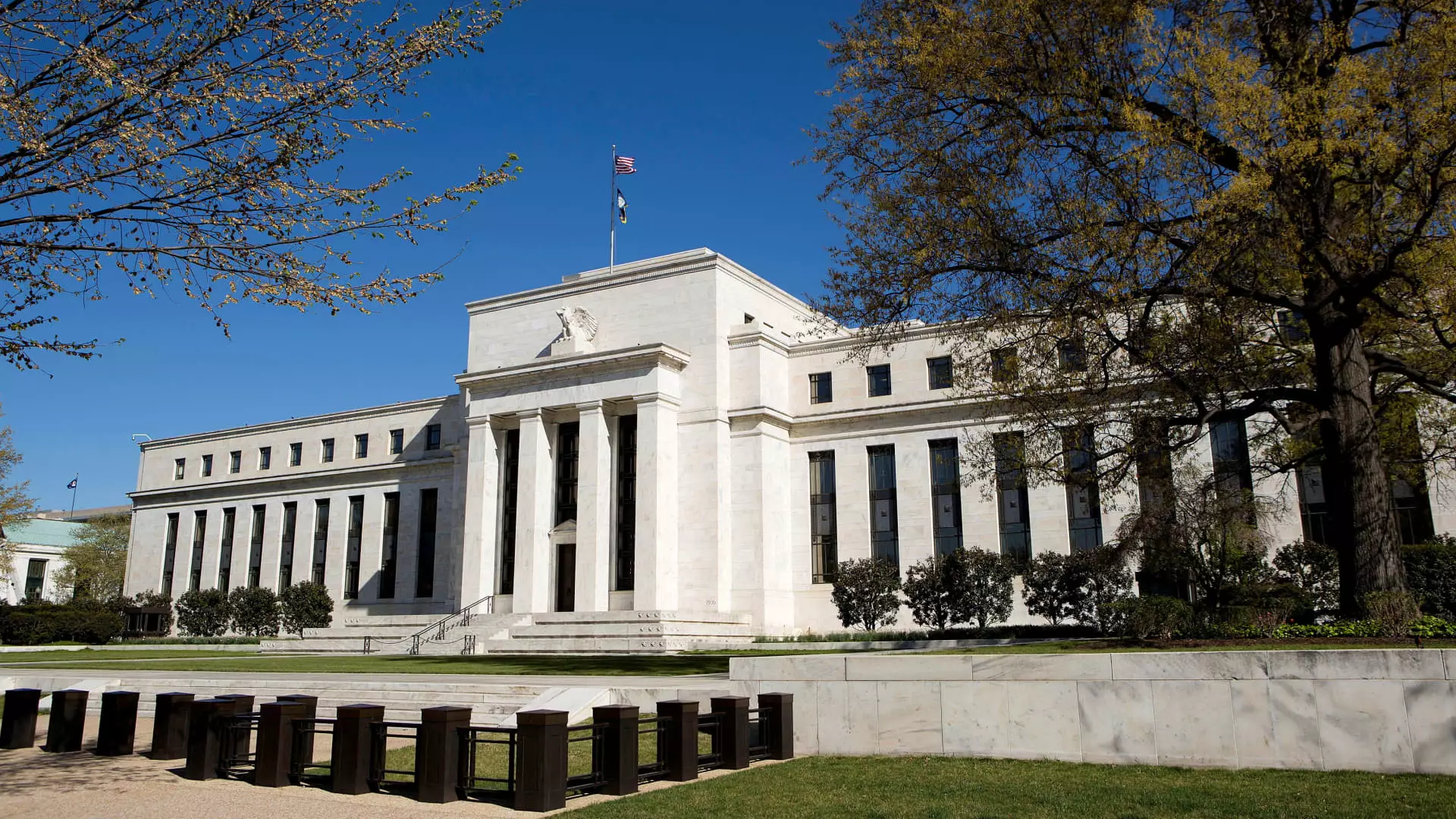In a significant economic development, the Federal Reserve declared a reduction in its benchmark interest rate by 25 basis points on a Thursday, shortly after the recent election of President-elect Donald Trump. This decision comes amidst a backdrop of economic anxiety characterized by heightened inflationary pressures, which have impacted American households and their financial wellbeing. Particularly leading into Election Day, the prevailing uncertainty around the economy reflected broader concerns for many citizens, grappling with the rising cost of living exacerbated by previous monetary policies.
The announcement marked the second rate cut in a brief span, following a half-point reduction earlier in September. While the Fed reduced borrowing costs for banks through its federal funds rate—a crucial rate influencing various consumer loans—the implications of such changes extend far beyond banking institutions, penetrating daily financial matters for average Americans.
The Economic Context and Inflation Dynamics
Notably, the context for this decision includes a notable decline in the inflation rate, with recent data showcasing a drop toward the Federal Reserve’s target of 2%. This trend has created space for the central bank’s actions; however, the impact of these interest rate changes will unfold gradually. Greg McBride, Chief Financial Analyst at Bankrate.com, aptly illustrated this scenario by comparing the rate increases to being on the 53rd floor of a skyscraper; even with the cuts, what consumers perceive may remain relatively unchanged.
Rates currently hovering around 20% for credit cards—surging from 16.34% since the Fed began a tight monetary policy—illustrate the enduring burden of high borrowing costs on household finances. Despite the potential for reduction, experts warn that individuals should not expect immediate or significant relief when it comes to credit card debt, which remains exceptionally high.
As the Federal Reserve navigates these economic waters, consumers are left to adapt to the evolving landscape of their financial obligations. Credit cards with variable interest rates are considerably sensitive to these changes, and as noted, rates have seen declines, albeit modest ones. Consumers burdened by credit card debt might benefit from proactively examining their options; negotiating rates with issuers or exploring balance transfer offers can offer immediate relief instead of waiting for the trickle-down effect of Fed actions.
On the automobile front, although auto loans are generally fixed-rate, the overarching conditions—including elevated vehicle prices—make financing particularly arduous. Jessica Caldwell from Edmunds points out that even slight decreases in financing costs can provide significant relief given the current economic pressures, highlighting President Trump’s resonance with voters concerning financial support.
Exploring Housing Market Consequences
The mortgage landscape remains a crucial area to analyze, especially considering how high borrowing costs have hindered housing affordability—a persistently pressing issue since the pandemic era. Trump’s suggestions to reduce mortgage rates may reflect broader market sentiments; however, the reality is more complex, given that these rates are inherently tied to Treasury yields and fluctuate based on investor sentiment.
While lower federal rates could ease upward pressure on mortgages, experts caution that substantial decreases remain improbable in the current climate. Given that the average 30-year fixed mortgage rate recently hovered around 6.81%, many are questioning the potential long-term implications of these adjustments.
In the realm of student loans, the effects of the Fed’s rate decision are nuanced. With federal student loan rates being fixed, borrowers may not see immediate changes due to the rate cuts. In contrast, private loans with variable rates could benefit slightly, providing modest relief on monthly payments. Experts like Mark Kantrowitz emphasize that while rate reductions will occur, the overall benefits may still seem minimal against the broader backdrop of high debt.
The evolving political landscape, particularly with Trump’s ascent to the presidency, could also alter previous efforts to address student debt. The anticipated focus on tax deductions for car loans, while promising, may face legislative hurdles and industry resistance, further complicating consumers’ financial planning.
As the Federal Reserve takes further steps to modify interest rates amidst a changing economic backdrop, consumers are left to navigate a complex financial terrain. Lower borrowing costs, while a welcome development, do not guarantee immediate relief across all facets of personal finance. Borrowers should proactively engage with lenders, explore better rates, and keep an eye on market conditions to optimize their financial strategies.
Overall, as economic indicators ebb and flow, the long-term effects of the Fed’s decisions will resonate with households, shaping their financial outlook in the months to come. The intersection of government policy, market dynamics, and consumer resilience will ultimately play a pivotal role in determining the health of the economy in the wake of recent shifts.


Leave a Reply